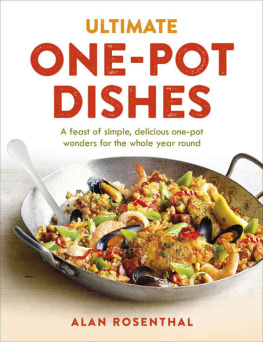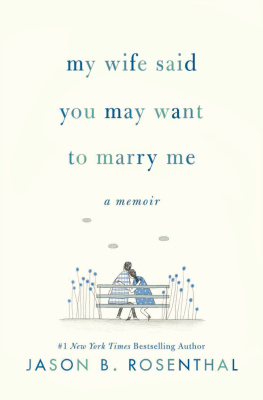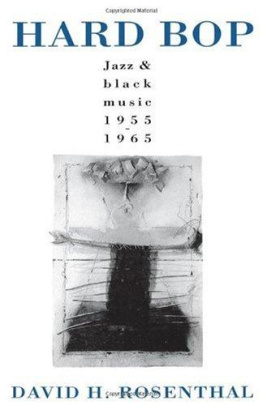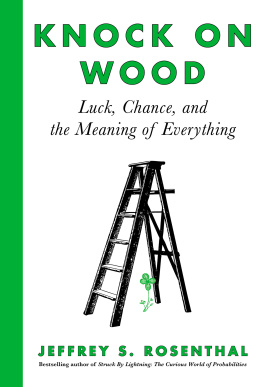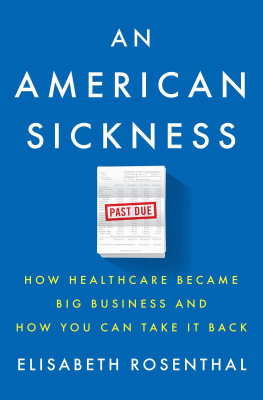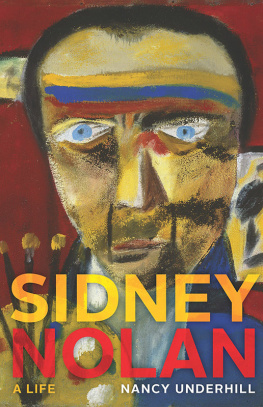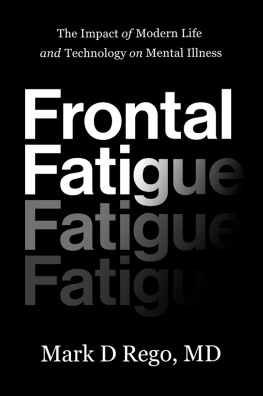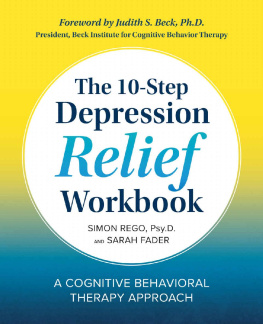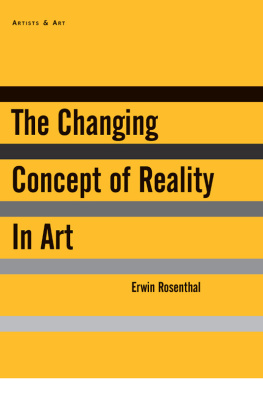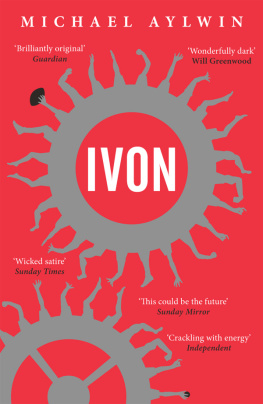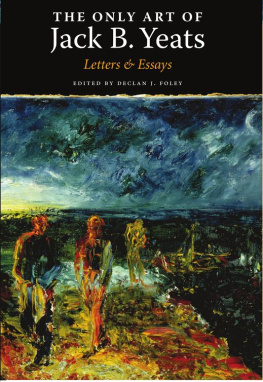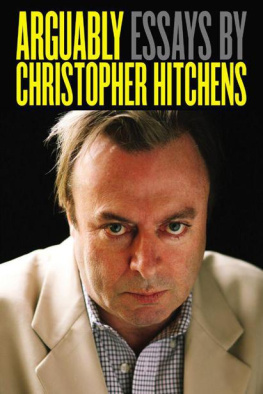Title Page
ON ART AND ARTISTS
Selected Essays
T.G. Rosenthal
With a Foreword by
William Boyd
Publisher Information
First published by
Unicorn Press Ltd
66 Charlotte Street
London W1T 4QE
in association with the Bridgewater Press
Digital edition converted and distributed in 2014 by
Andrews UK Limited
www.andrewsuk.com
T. G. Rosenthal 2013
Foreword William Boyd 2013
All rights reserved. No part of this publication may be reproduced, stored in a retrieval system, or transmitted in any form or by any means, electronic, mechanical, photocopying, recording or otherwise, without the prior permission of the publishers.
Dedication
With love for Ann, Adam, Daniel, Bruno and Arne, who for many years sustained an always difficult human being through failing health which has resulted in my coffee mug bearing the legend Grumpy Old Man.
Acknowledgements
A publisher can rarely have a more difficult author than one who is himself a publisher and who is, on grounds of age alone, even more experienced although not wiser. I therefore apologize to Hugh Tempest-Radford for all the hoops I made him jump through.
Having edited other peoples manuscripts for over half a century I salute Emily Lane, an old friend and former colleague, who repeatedly saved me from error in her meticulous editing of my essays.
Foreword
by William Boyd
Vladimir Nabokov, no lover of critics - and yet no mean critic himself - had this to say about the profession: The purpose of a critique is to say something about a book the critic has or has not read. Criticism can be instructive in the sense that it gives readers, including the author of the book, some information about the critics intelligence, or honesty, or both. Its the second sentence that has most bearing on this wonderful collection of essays by T. G.Rosenthal (whom we will dub TGR for the purposes of this introduction). The title says it all very straightforwardly: these are critical essays on art and artists TGR knows or admires (sometimes both). Their focus is largely on what art auctioneers term Modern British, a loose term that covers most British art of the 20 th century, now that we are firmly into the 21 st . Contemporary is reserved for the currently faddy and briefly new - to paraphrase Robert Hughes. British 20 th -century artists have not fared well when measured against their peers and rivals on the continent of Europe or across the Atlantic. Where, in the first few decades of the 20 th century, is the British Picasso or Matisse, one might wonder? Or even the British Edward Hopper or Jackson Pollock? British art has always seemed somewhat parochial and safe - a bit like British music of the 20 th century: competent but not mould-breaking; thoroughly enjoyable but not blood-stirring; technically assured but not challenging or controversial in any way.
These are generalisations, of course, and there are no doubt a few exceptions that could be advanced to attempt to argue otherwise. But such plaintive voices are rare and I think it would be fair to say that this mildly patronising attitude reflects the consensus of international artistic opinion - perfectly good but not outstanding, being the broad note. British art is a placid oxbow lake when set beside the wide foaming torrent of creativity to be found abroad.
Personally, Ive always felt that this demotion into the second division of the artists league table has been unfair. British art of the 20 th century deserves a more studious and forensic examination. It has consistently been under-appreciated and therefore undervalued (sale prices being the great initial arbiter of a work of arts worth). One of the delights of reading TGRs essays is to see that this is a point of view he powerfully upholds - even though, I have to remind myself, that of the ten artists that are the subjects of the bulk of the essays in this volume two are Australian, one is Portuguese, one is Irish, and then there is August Strindberg. Arthur Boyd, Sidney Nolan, Paula Rego and Jack B. Yeats are not British, true, but its fair to say their reputations were made in this country, to a large degree, and so they can be included in the conspectus of British art. Its through that lens that they are scrutinised and evaluated. What makes TGRs thinking about these artists more rewarding is that in many cases he knew the subjects personally or had an acquaintance with them that goes beyond the tunnel-vision of critic commenting on artist. TGR, as these essays testify, is a man of wide culture, as well. There is nothing of the pinched academician about his world-view, nothing of the vainglorious aestheticism of the scholar possessively ring-fencing his small area of notional expertise. TGR loves art, literature and music, but he also relishes societys gossip, sport, fine wine and a good cigar. He can write a sentence about Benjamin Britten, Sidney Nolan and Patrick White (in the context of an unwritten opera) with effortless authority and, equally, pass assured judgment on the elegance of David Gowers off-drive. There is an urbanity and a worldliness (not the same thing) about his take on art and artists that is extremely rare in this day and age, and these essays illustrate the huge advantage of being fully engaged in the world and its multifarious business. More is more in this case - to contradict the usual adage. Art seen in its full cultural and human context is all the better for the wide-screen view: Panavision, in this instance, is far more discerningly revealing than the pinhole camera.
However, to read a critic whose opinions you largely share can be a little dangerous, on occasion - the complacent reader seeing the critics judgment as a confirmation of his own excellent taste rather than a common disinterested appraisal. In my case this is particularly true when I read TGR on Michael Ayrton. Im a great admirer of Ayrton (and own a few of his drawings and small oils) yet Im fully aware that Ayrton is still something of a controversial, not to say pariah, figure in the history of British 20 th -century painting. The envious, pusillanimous sneers that affected his reputation during his short lifetime can still be heard today. TGRs essay on Ayrton is both the best defence and the best vindication of this complex artists superabundant gifts and his posthumous merit that I have read. Ayrtons real and original donne , it seems to me, now that some time has passed since his death, was in his sculpture - though he was a brilliant and idiosyncratic draughtsman as well. His drawings are as incisive and individual as Schieles. TGR sums up the Ayrton problem with great insight and shrewdness. Ayrton was a Painter - sculptor - draughtsman - engraver - portraitist - stage designer - book illustrator - novelist - short-story writer - essayist - critic - art historian - broadcaster - film-maker ... he had also prodigious gifts as a clubman, a wit, a conversationalist and a friend. But of course in Pudding Island, as Laurence Durrell referred - with understandable bitterness - to the British Isles, to be a polymath in the Ayrton mode was a kind of artistic suicide. Maybe this is our cultural problem as a nation, and maybe this explains why our artists labour under slights and misconceptions, whereas elsewhere such burgeoning, rich profligacy would have been seen as an incredible boon. Versatility, as TGR refers to the capacity to excel in different media, is a question of individual artistic temperament, surely, and one is baffled as to why it should be deplored. Would we have preferred Picasso not to have spent time in Vallauris, for example, dabbling in ceramics? Would we have wished that Hockney had never picked up a Polaroid camera? Or, as TGR shows in his essay on Strindberg, the playwrights reputation is indeed enhanced and underscored by the fact that he was a painter as well. TGR analyses the problem with dry acuity: as any student of English culture and society knows, the greatest crime is to be too clever by half.... If you really are brighter than the other fellow youd better not show it and if you want to get ahead, keep your talent under your hat for as long as you possibly can.
Next page

